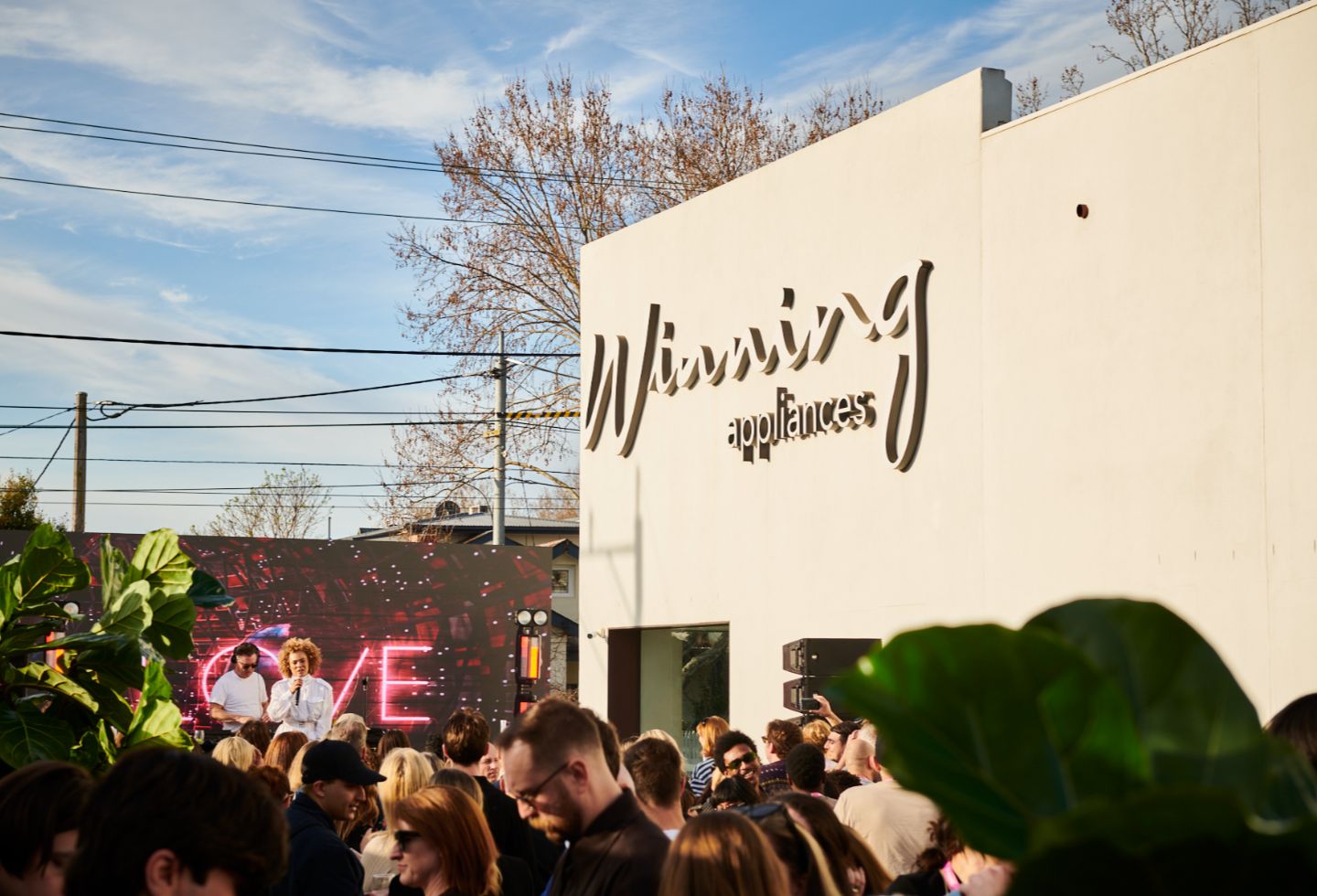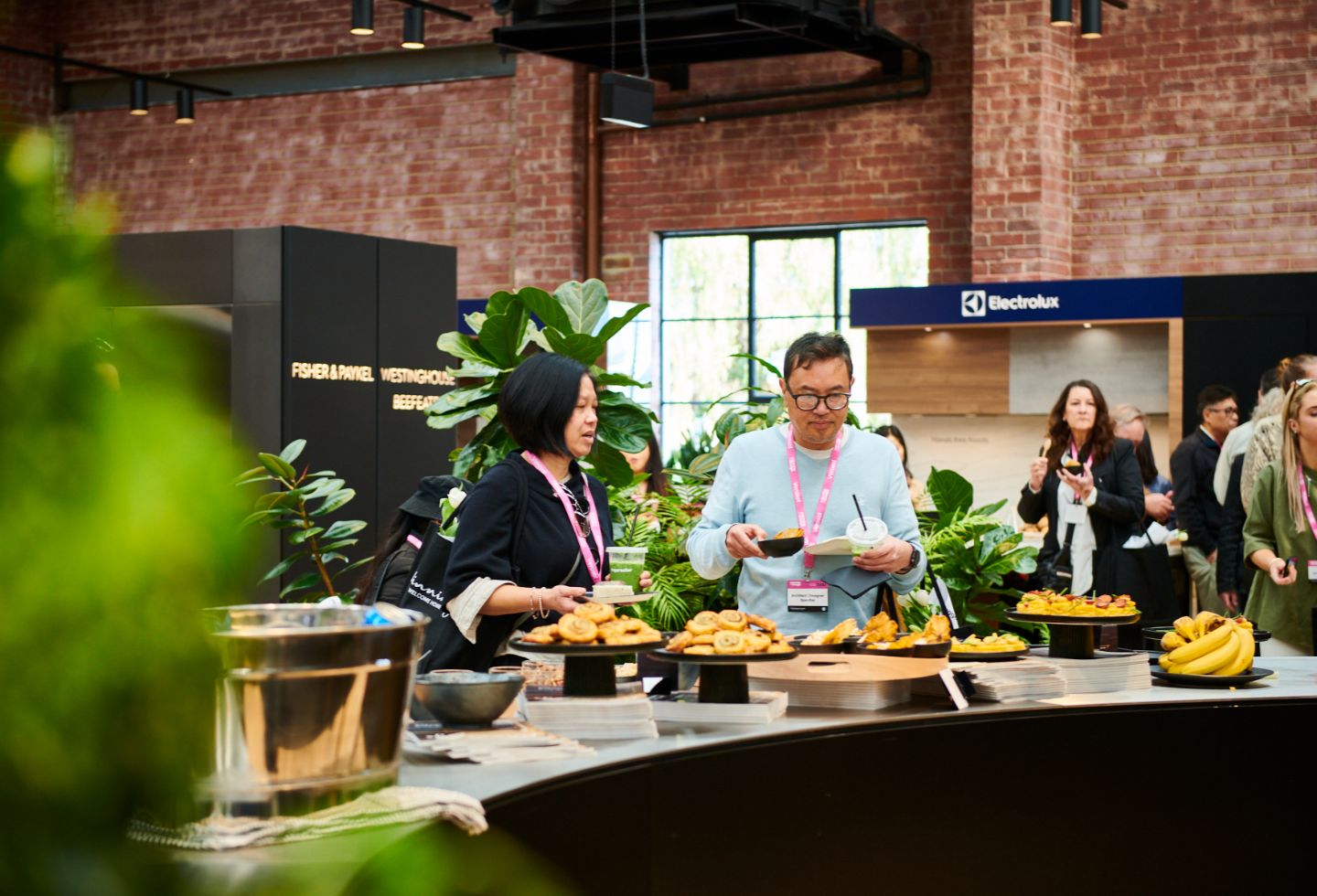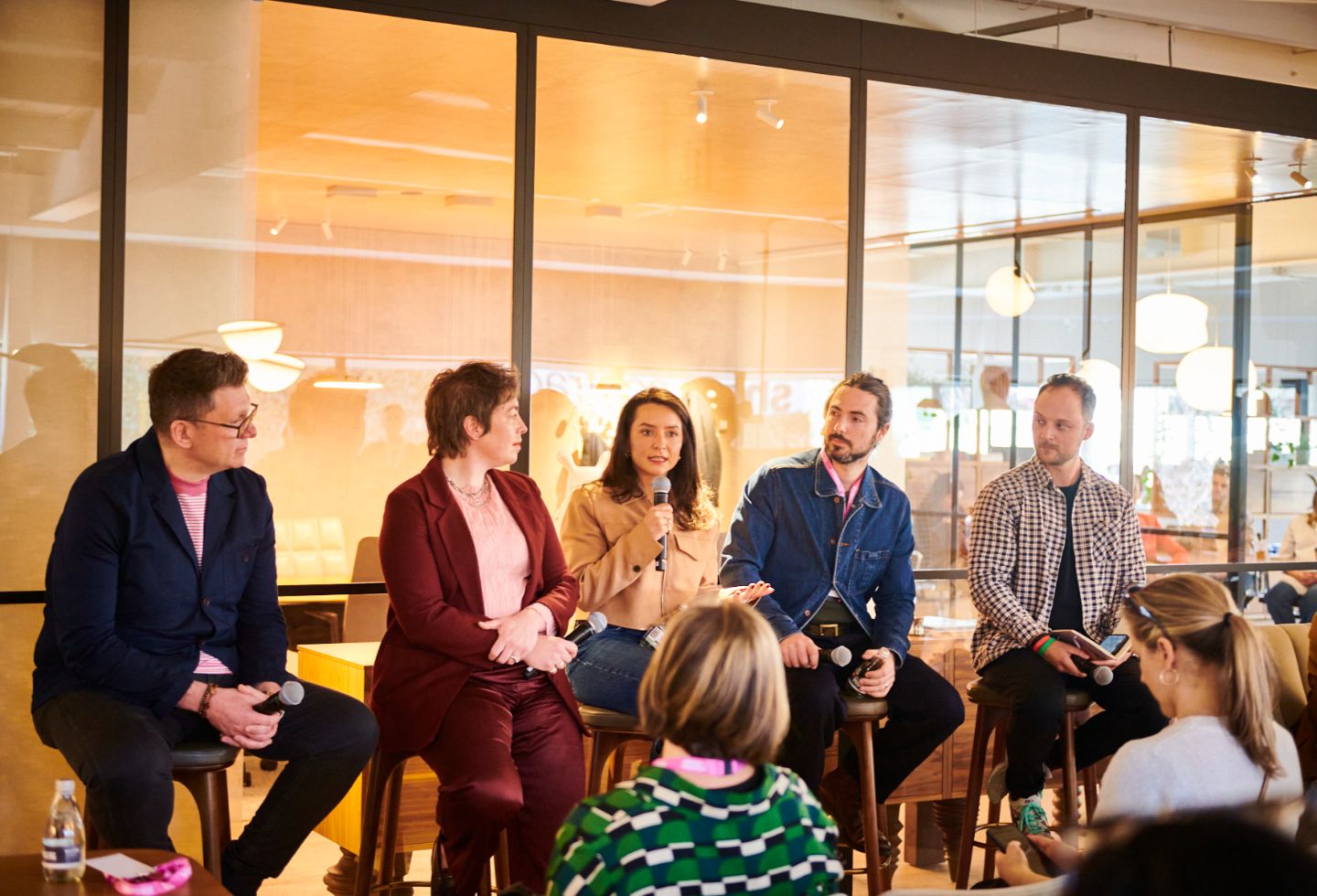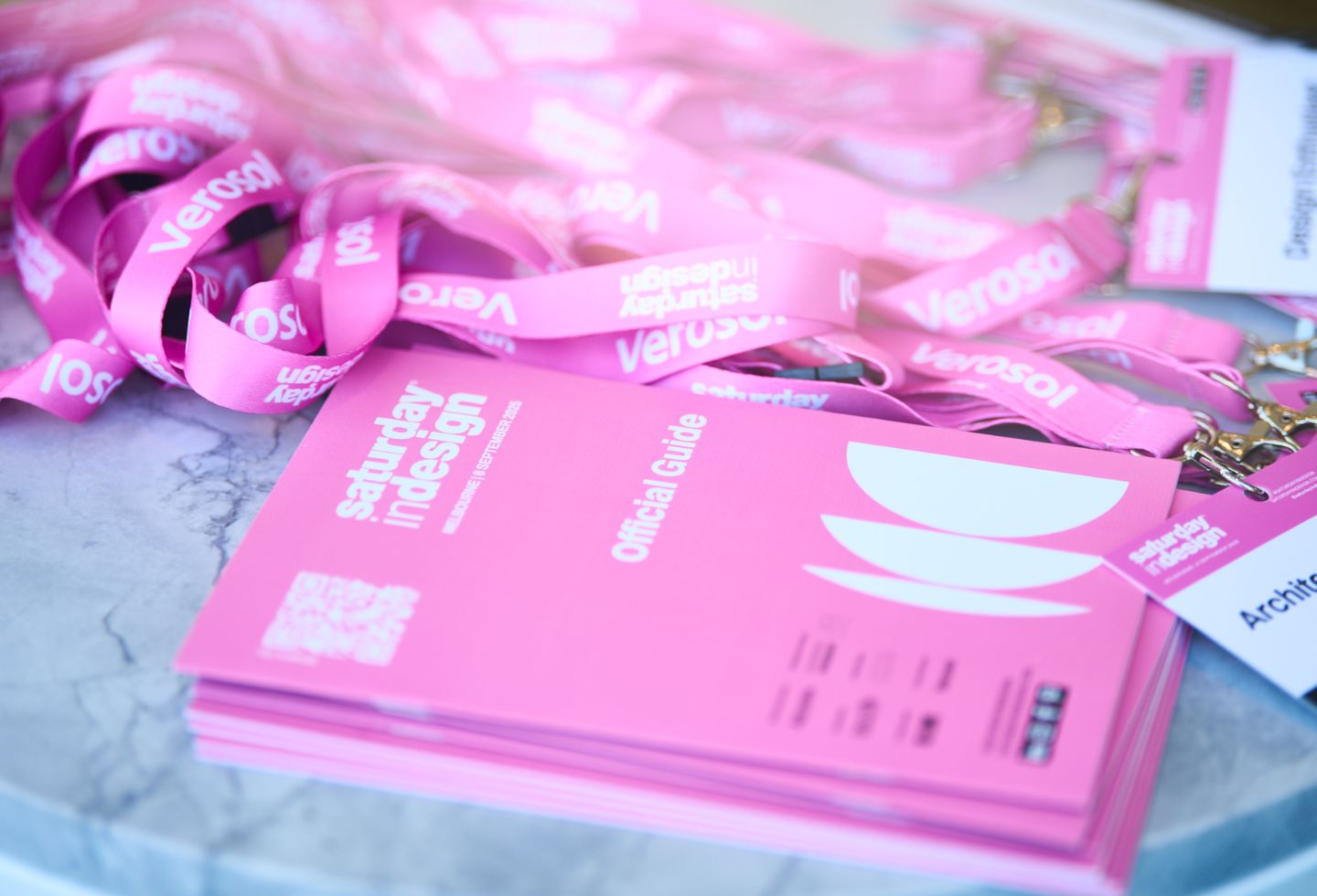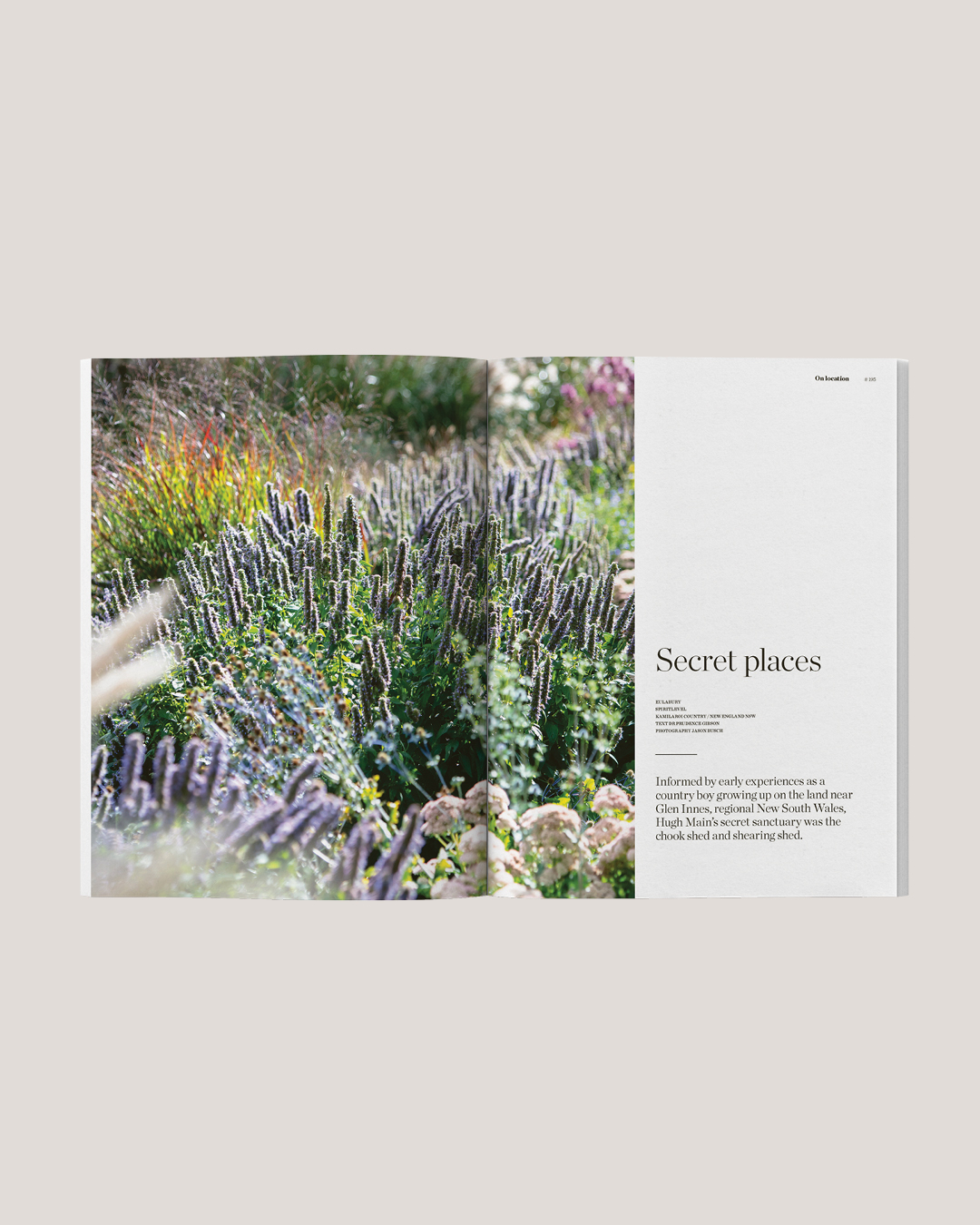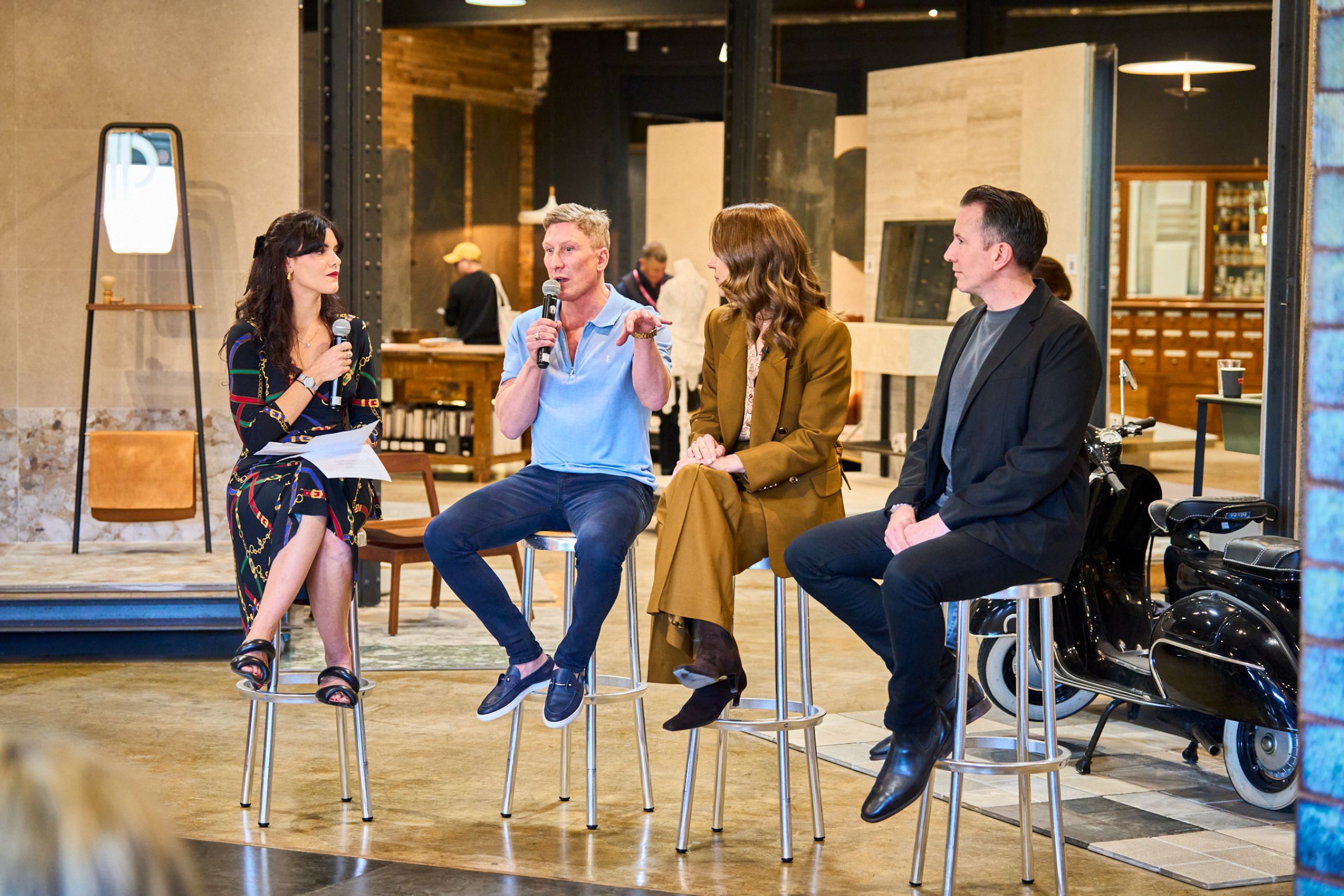Saturday Indesign 2025 returned to Melbourne on 6th September, bringing together designers, architects, design enthusiasts and brands for a day of creativity and collaboration across Richmond, Collingwood and the CBD/South Melbourne precincts. The event combined showroom activations, product launches, installations and workshops – as well as our series of panel talks that added an intellectual edge to the day’s activities.
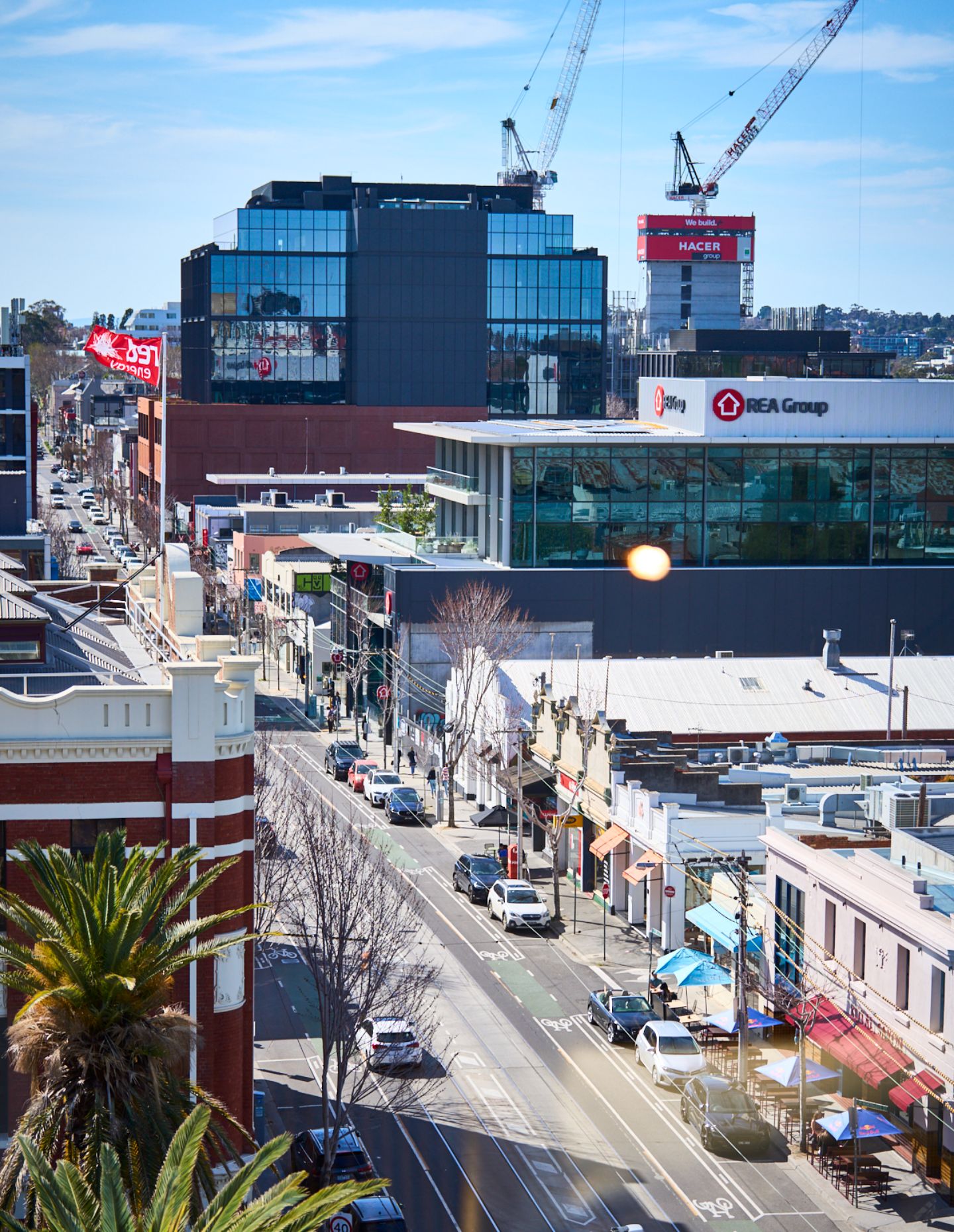
The first discussion, Storytelling in Colour, was hosted at Arthur G in Richmond and explored how colour can act as a narrative device rather than simply an aesthetic choice. Panellists Mardi Doherty of Studio Doherty, Iva Foschia of IF Architecture, Bek Sheppard and Elaine Puyleart of Designs of the Time spoke about the role of timeless palettes versus trend-led schemes, and how colour can communicate values and identity as well as mood. Their conversation highlighted that colour is rarely neutral; it is always charged with meaning.
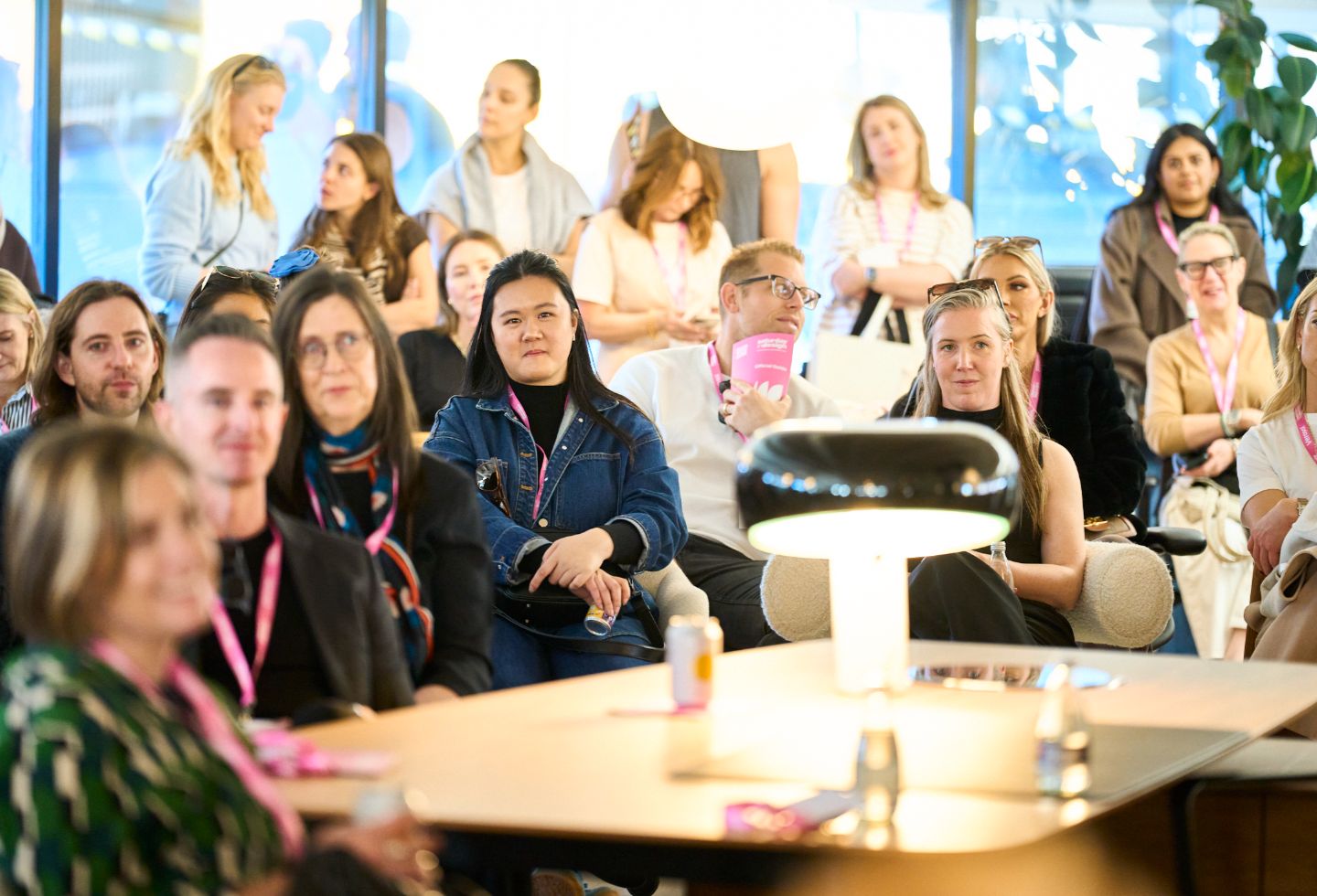
At Winnings, also in Richmond, the conversation turned to the growing influence of hospitality spaces on the way we design homes. Served With Style: The New Language of Hospitality in Residential Design featured Dillon Counsel of Travis Walton Architecture, Michael Drescher of DKO, Jessica Ellis Coulter of Jessica Ellis Studio and Emma Nunan of Winnings alongside moderator Timothy Alouani-Roby. The panel the increasing overlap in hospitality design with domestic interiors, focusing on questions of maintaining intimacy and comfort while borrowing from a design vocabulary rooted in restaurants and hotels.

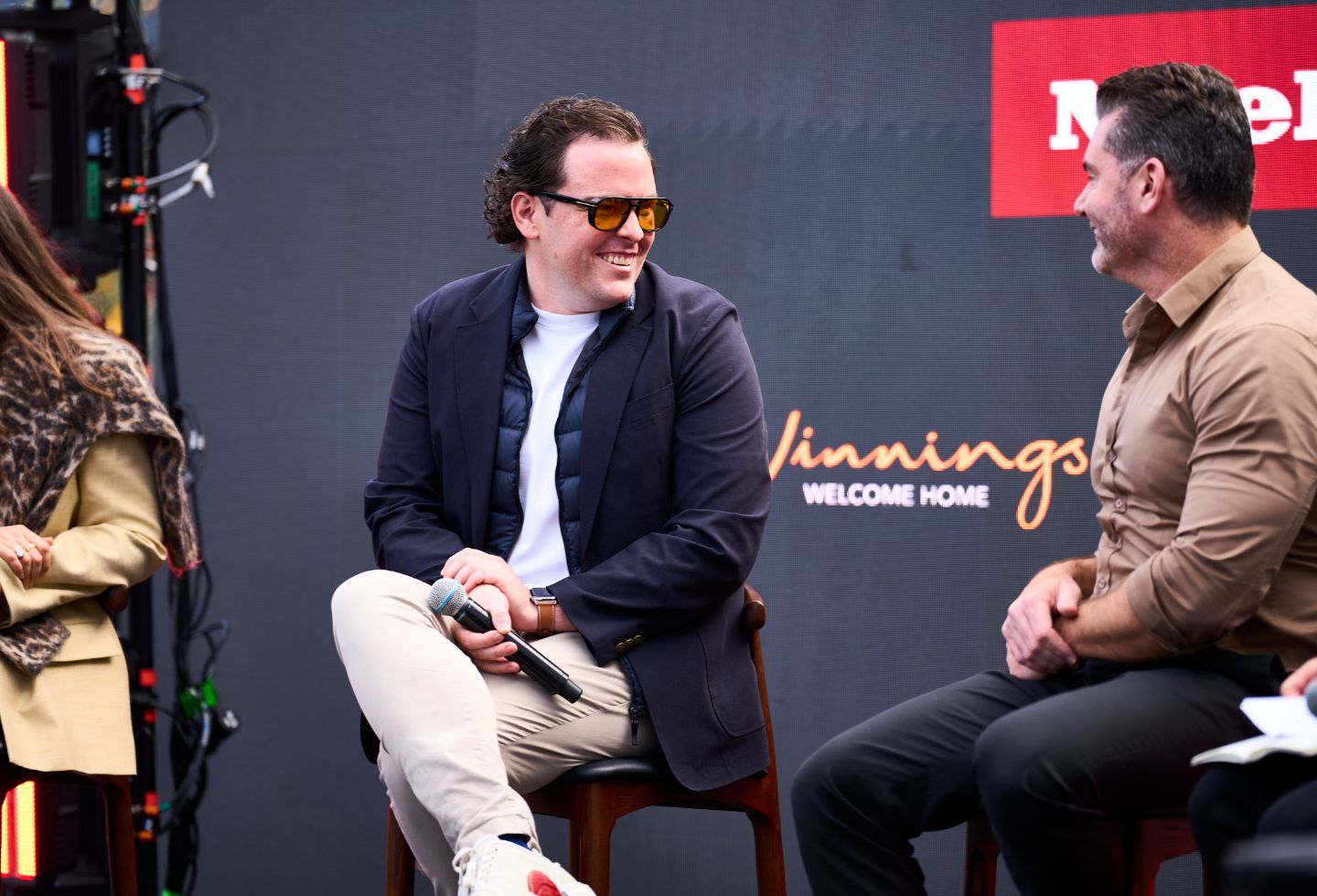
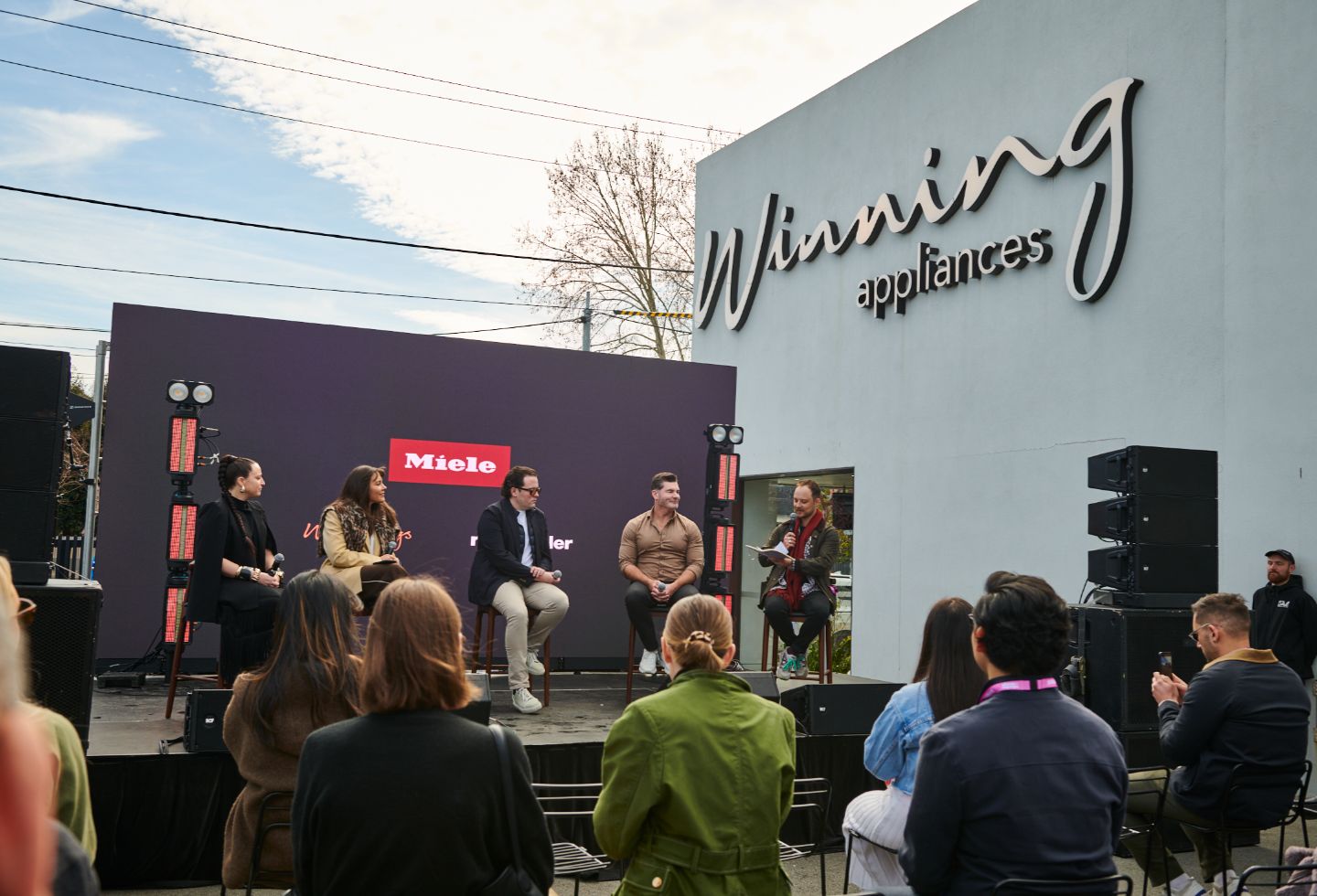
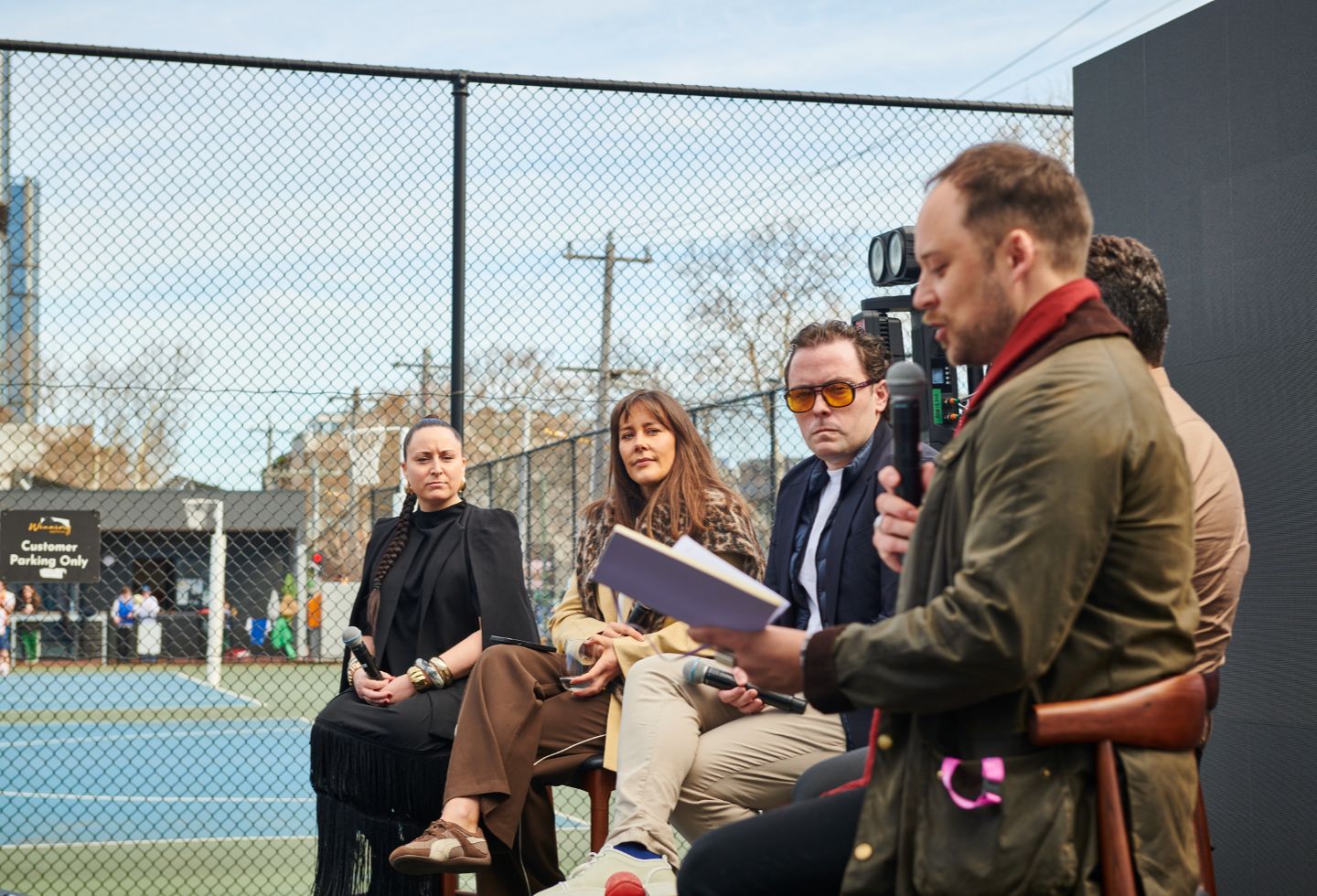
The rivalry between Australia’s two largest cities was the focus of Melbourne vs Sydney: Where is the Design Capital of Australia? This entertaining panel was held at the Design Precinct with Havwoods, DECO and Klaro Industrial Design. Luke Stokes of Gray Puksand, Georgina Wilson of Georgina Wilson Architects and David Hicks debated whether Melbourne’s reputation for design sophistication outweighs Sydney’s boldness and ambition. What emerged was a candid discussion about identity, pride and the different conditions that shape creative practice in each city (as well as some strong advocacy for Melbourne!).
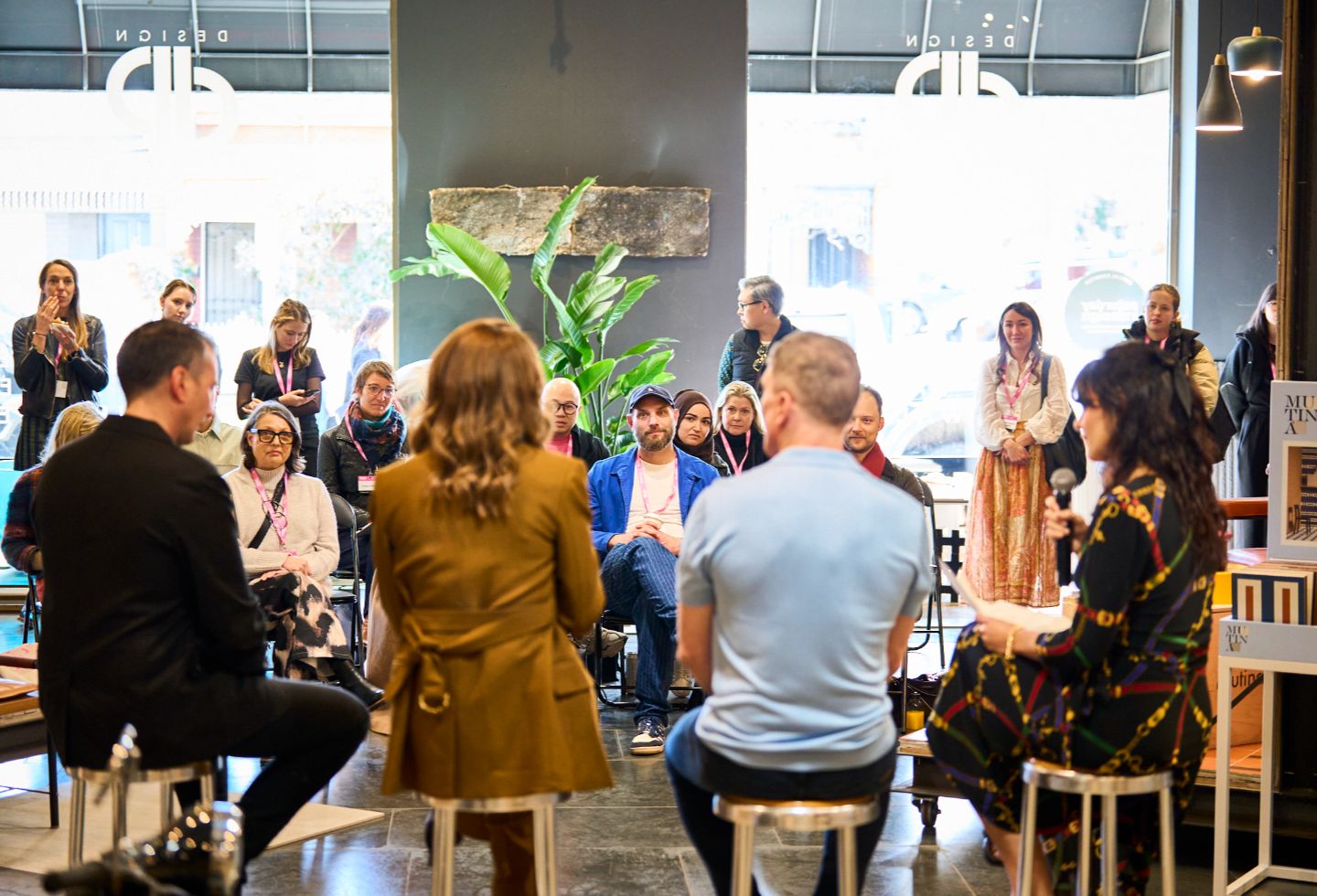
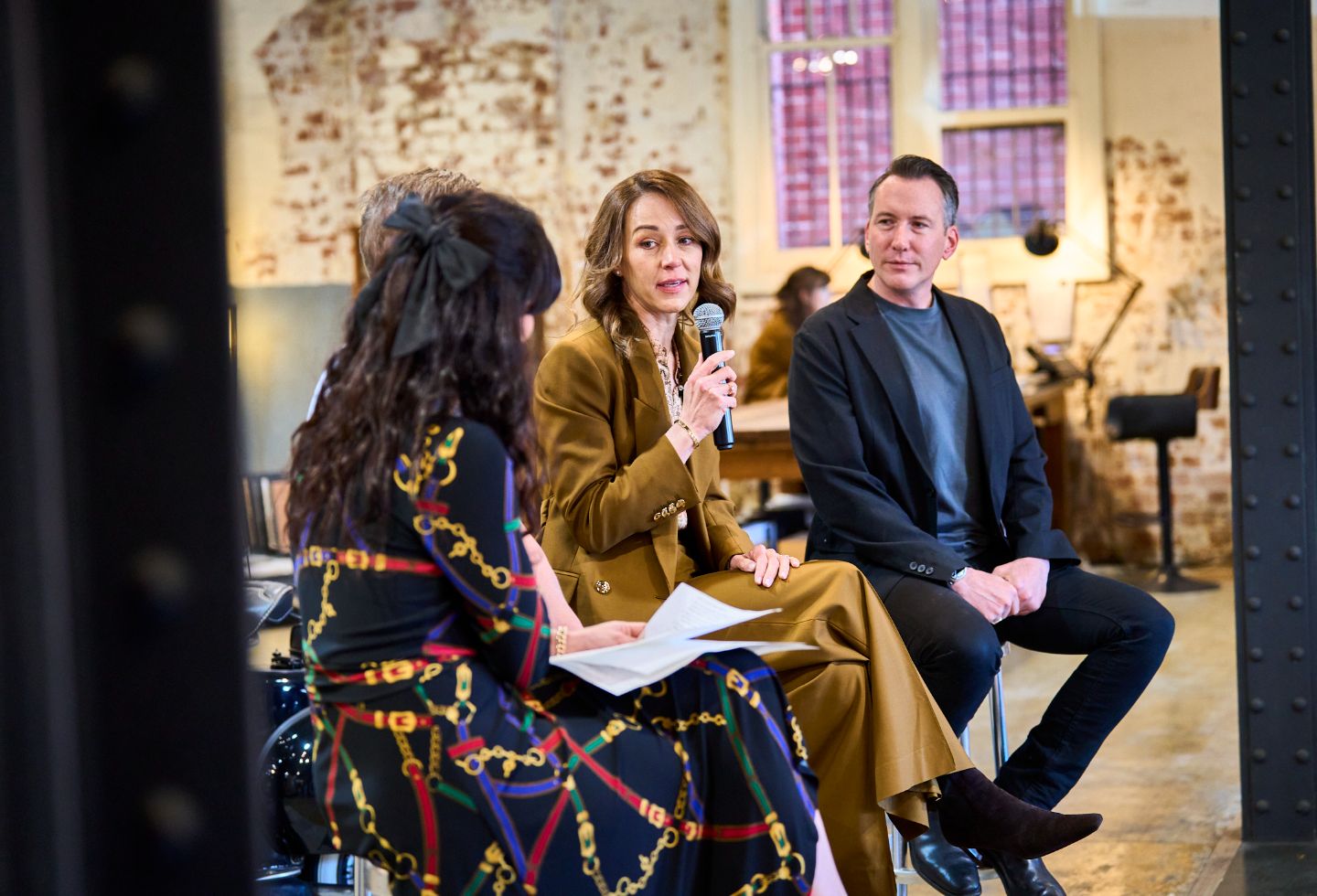
The future of design was examined at King Living, where Brahman Perera, Chris Cooke of King and Ryan Russell of Russell & George took part in The Evolution of Design: What Does the Future Hold? The panellists spoke about the increasingly interdisciplinary nature of their work, with blurred boundaries between architecture, interiors, industrial design and technology. They stressed that the definition of design is shifting globally, extending well beyond aesthetics to encompass culture, function and purpose.
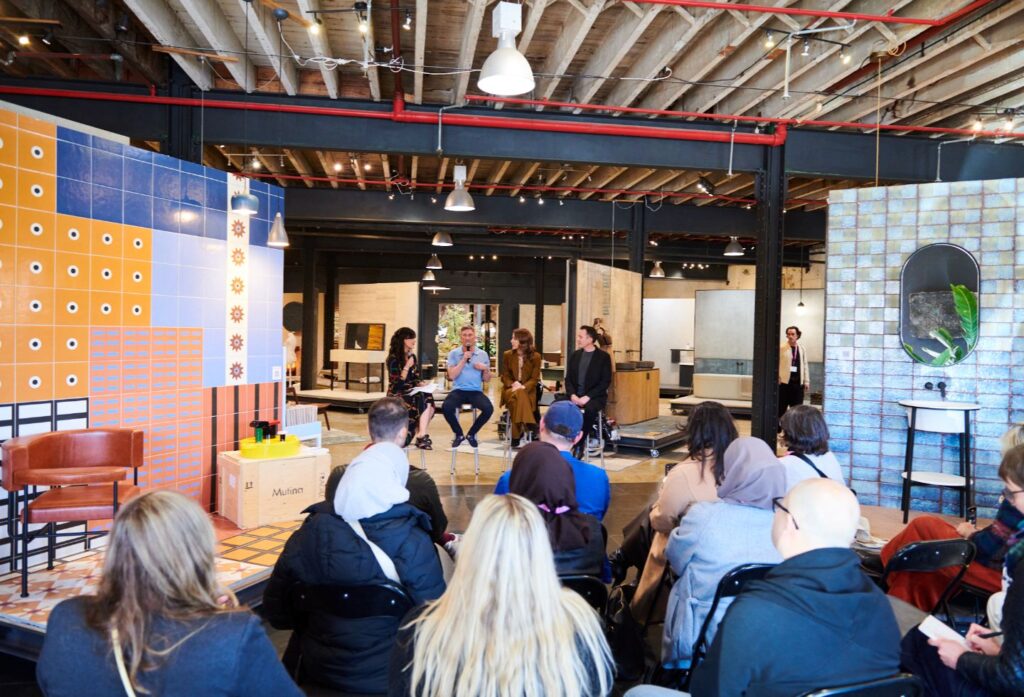
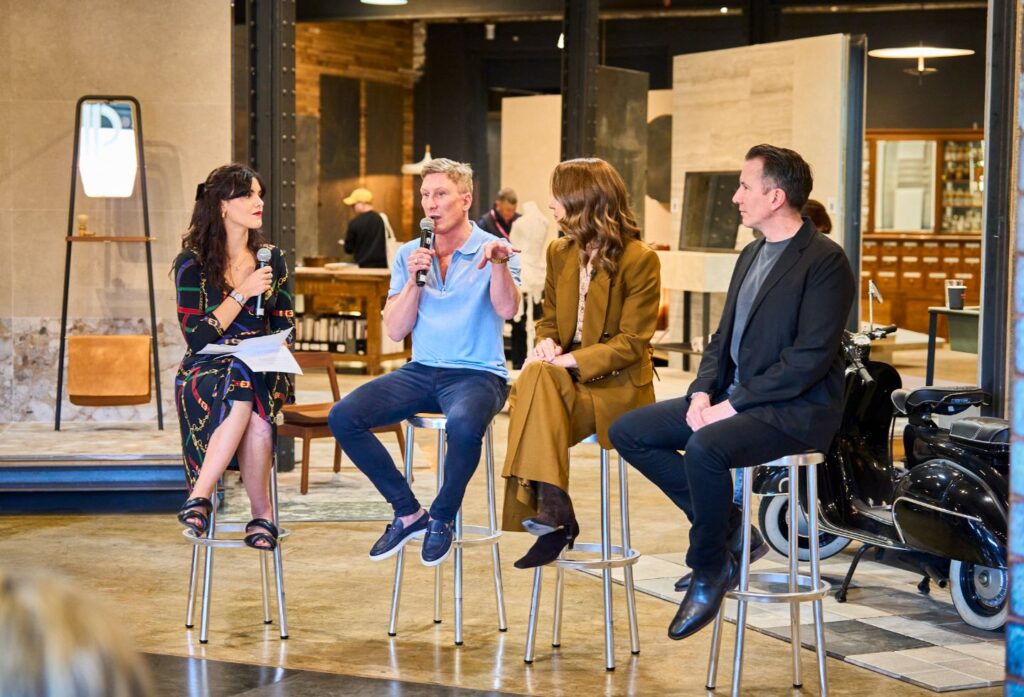
The series continued at SBW in Collingwood with When Do Emerging Designers Stop Being ‘Emerging’? Dean Norton was joined by James Flaherty and Jacqueline O’Brien of Placement to discuss the often ambiguous transition from emerging to established practice. They reflected on how recognition, reputation and community support play a role, and how the label ‘emerging’ can sometimes follow designers deep into their careers.
More on Saturday Indesign 2025 here
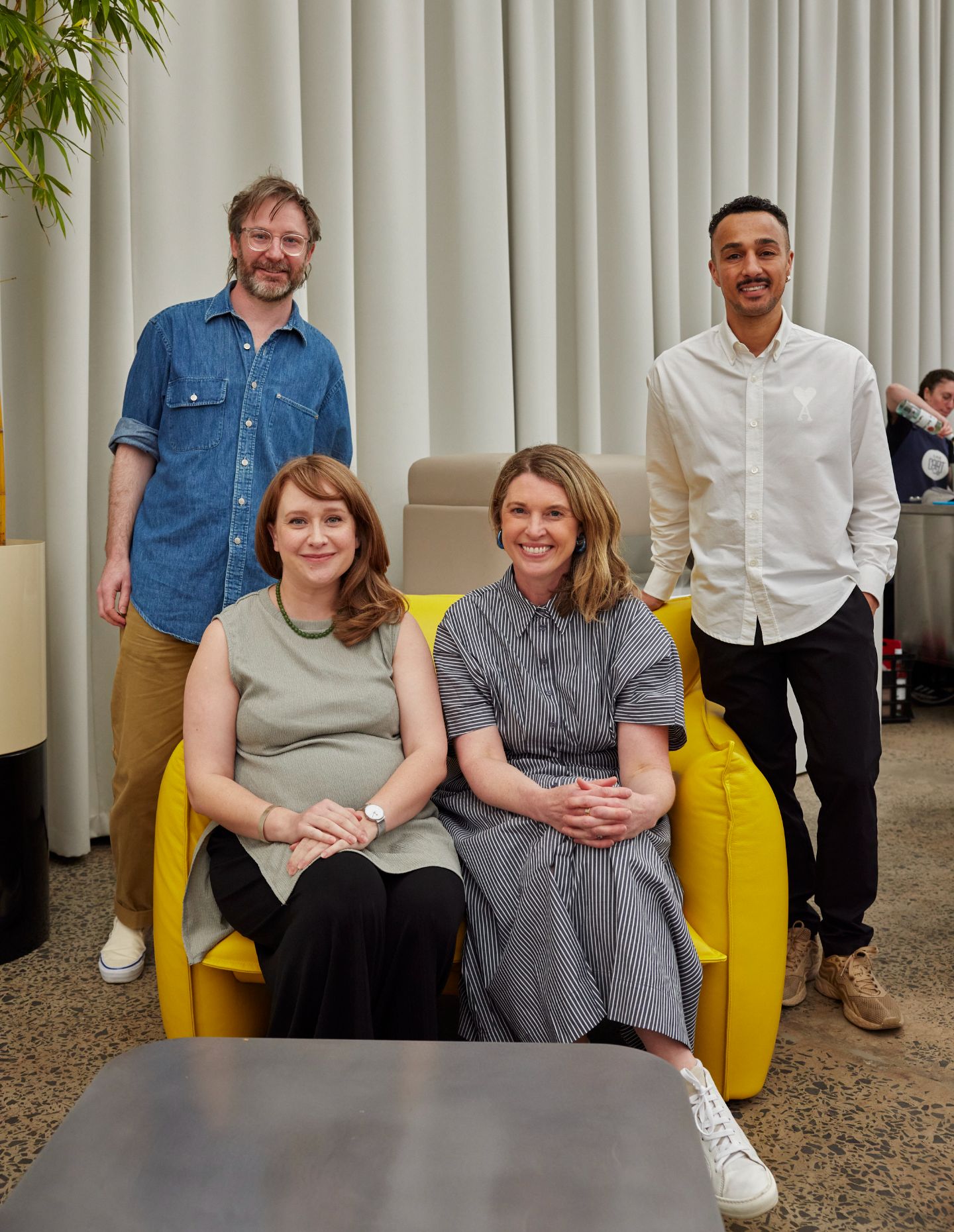
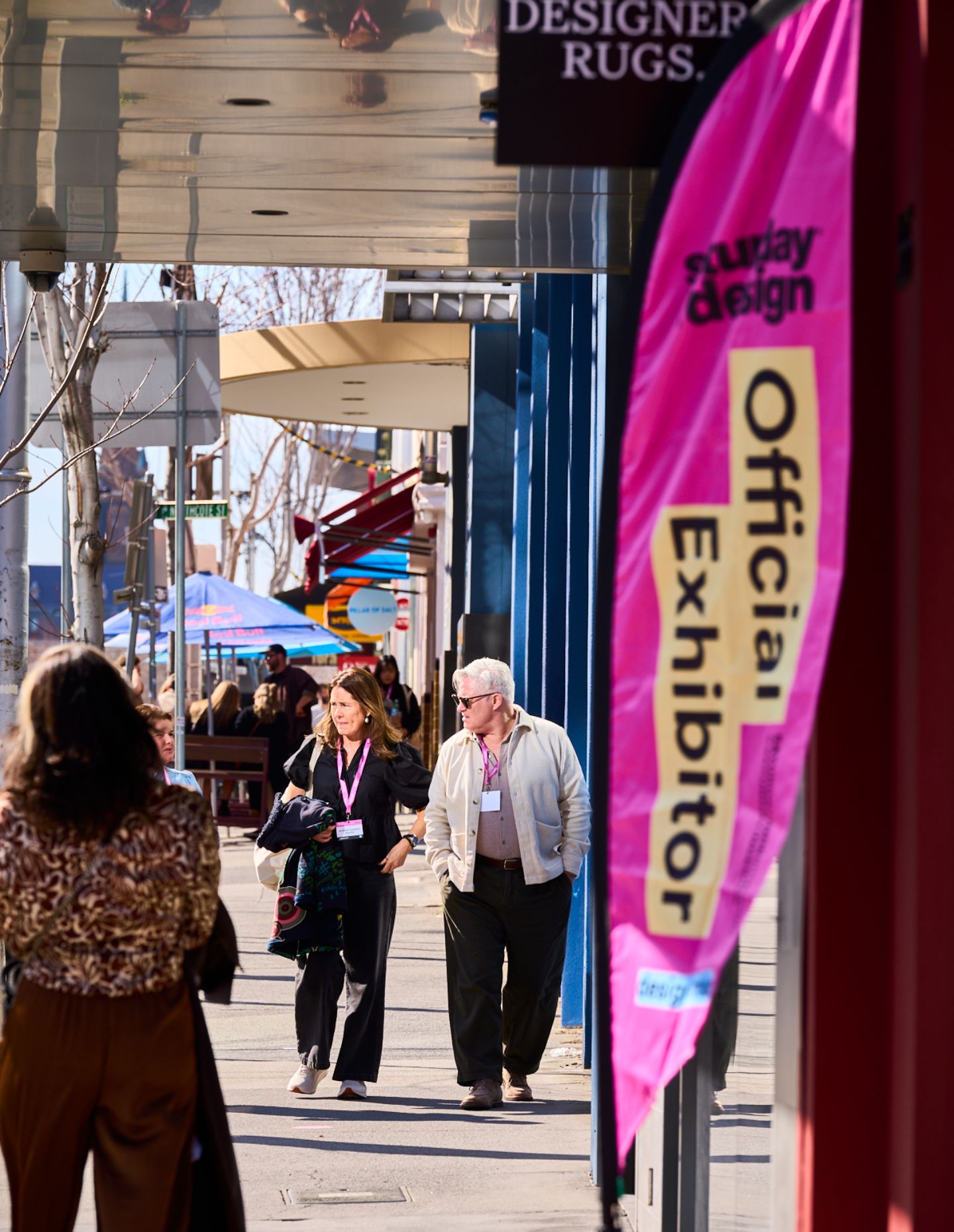
Finally, Living Edge held The Future of Work in a World of Change with their usual high-class hosting. Chris Hagan, VP Sales at NaughtOne, was visiting from the UK and brought a distinctive furniture perspective to the discussion. Meanwhile, Freya Robinson of FK, William Cassell of COX and Manuela Millan of Fortis contributed thoughts on interior design, architecture and development respectively – making for a well-rounded discussion that covered trends in the office past, present and future.
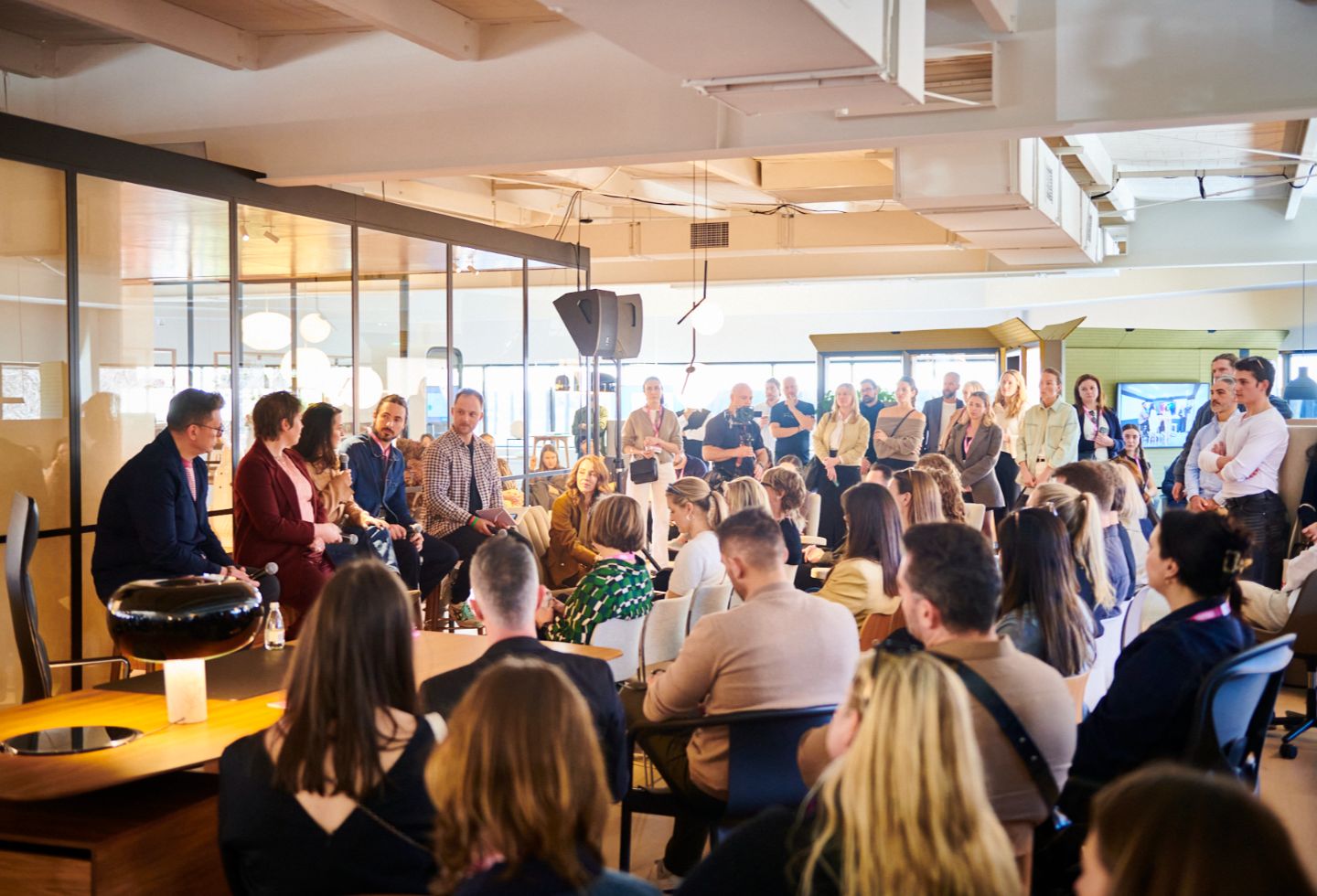
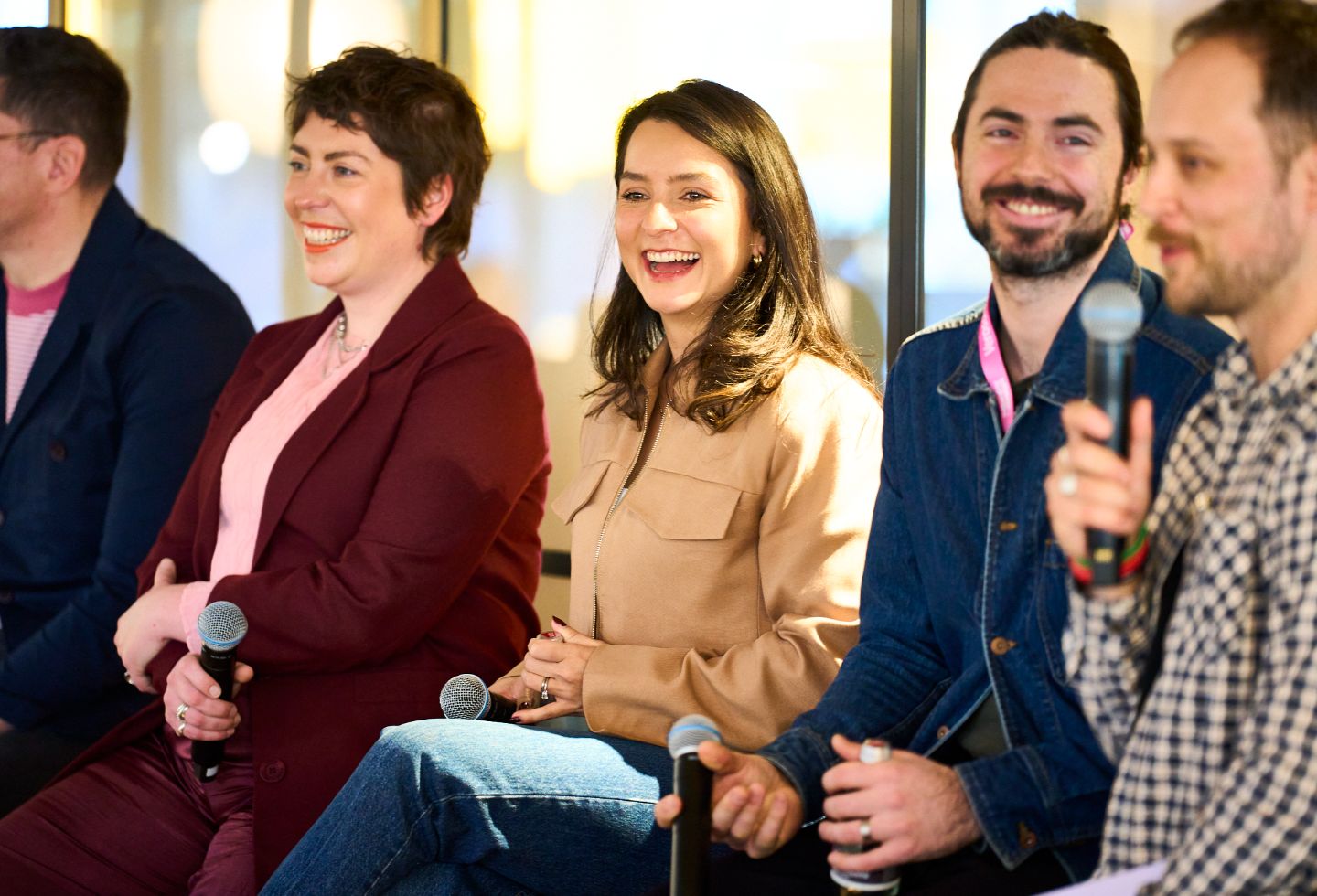
Across all conversations, the Design Discussion series brought a serious, reflective tone to Saturday Indesign, counterbalancing the energy of installations and activations with opportunities for debate and dialogue (not to mention the partying). By staging the talks in showrooms such as Arthur G, Winnings, the Design Precinct, King Living, Living Edge and SBW, the program connected big ideas with the settings of design excellence. The result was an event that celebrated not only the visual and experiential side of design, but also its capacity for thoughtful, meaningful exchange.
